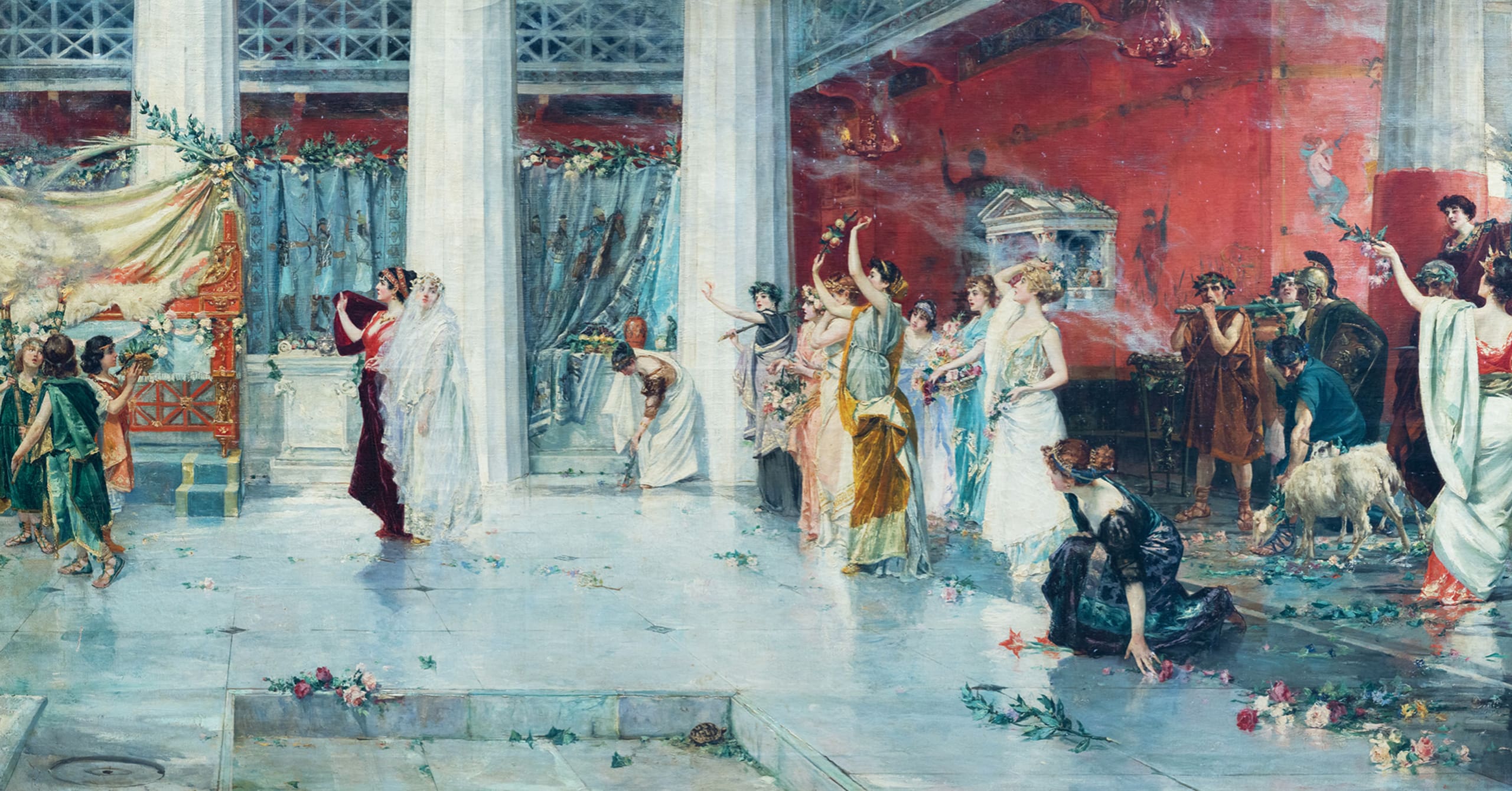Hymen, Oh Hyménée. Courtesy of Ayala Museum.
Hymen, Oh Hyménée. Courtesy of Ayala Museum.
Painter, hero, monster—filmmaker Martin Arnaldo contends with the conundrum in Hymen, OH Hyménée: Juan Luna’s Long-Lost Masterpiece.
It’s rather bold of the Ayala Museum to be calling Juan Luna a hero and stage a huge, celebratory exhibit around a painting of his that was clearly about his (soon-to-be-murdered) wife. Didn’t they anticipate the backlash it would receive, calls to boycott the “accursed” painting created by a “homicidal maniac?” Of course, this probably only drove more people to the museum to view Hymen, Oh Hyménée, the painting in question.
Acquired by Leon Gallery’s Jaime Ponce de Leon from an anonymous aristocratic European family for untold sums, the painting landed in Manila in 2020 after a few years of sitting in storage plus more than a decade of de Leon obsessively hunting down the work. When de Leon finally found the right moment to unbox the painting, filmmaker Martin Arnaldo was invited to document the process. Arnaldo ended up making a 21-minute documentary, which is being screened at the exhibit, partly about de Leon’s quest, part Juan Luna biography, and part personal memoir.
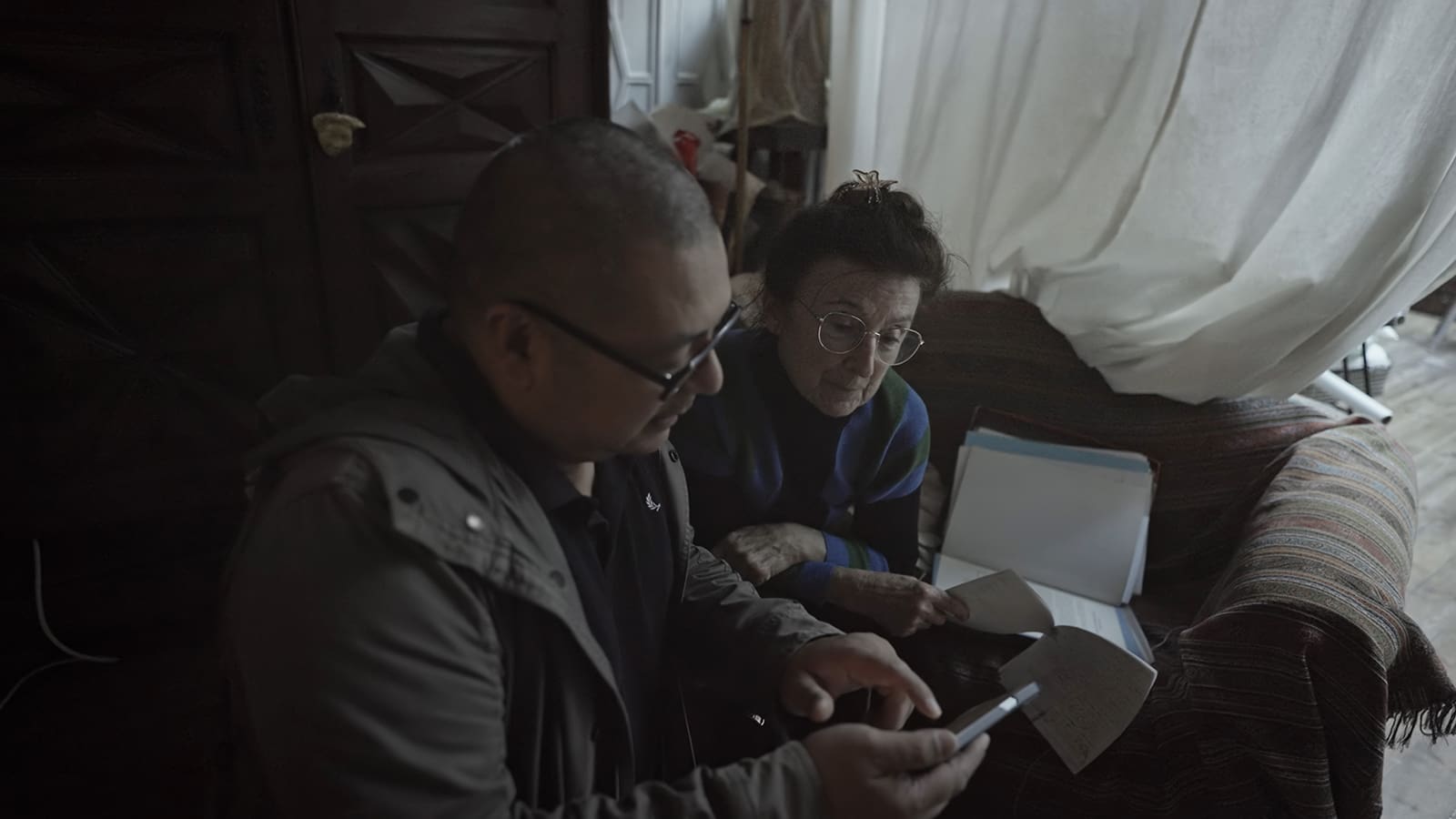
Like the exhibit, which is beautifully executed by scenographer Gino Gonzales, and the accompanying book Splendor, with its several erudite essays written by Luna experts and art historians, Arnaldo’s short film delves only into what is necessary when it comes to Luna and this particular painting: the incredible story of how a young and talented indio from Badoc, Ilocos Norte became one of the greatest painters of his time in Spain and France, the centers of the art world. Luna’s is an undeniably heroic tale of the colonized subject conquering Europe on its own terms, right at the moment of Filipino nationalistic reckoning.
There is a hard stop in the timeline after 1889, the year Hymen, Oh Hyménée won a bronze medal in the Exposition Universelle of Paris, the same year the Eiffel Tower was unveiled. There is cynical logic to this edit—a few years later in 1892 Luna would shoot his wife Paz Pardo de Tavera and her mother Juliana Gorricho in a rage fueled by jealousy and desperation, unsavory facts that will throw into question his sanity, his moral fiber, but most of all his hero status which has been painstakingly laid out by Luna experts and art historians.
This deliberate absence of the murder in Splendor’s chronology feels like an erasure, another obliteration of Paz’ life. There is nothing splendiferous about the events surrounding September 22, 1892. Juan and Paz had lost their second child, Maria or “Bibi,” when she was just two years old. The couple started to grow distant. “I don’t know the things that are going on in my head, and since I can’t communicate my ideas to Luna who, as you know, has a very strange character, nor to Mom so as not to hurt her, I have to struggle on my own,” Paz wrote in a letter to her sister-in-law.
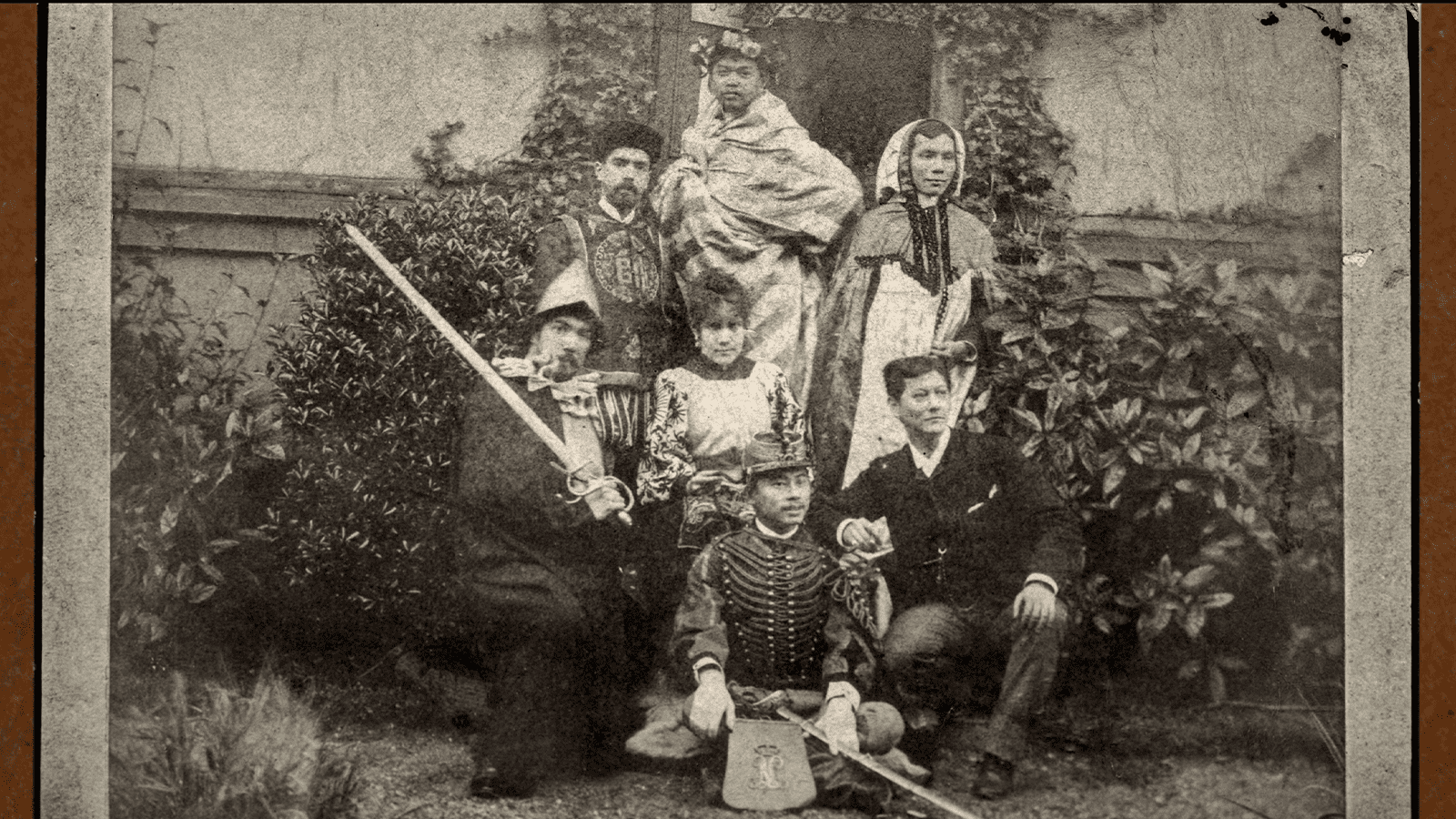
Upon the doctor’s orders, Paz left for the thermal baths outside Paris to relieve her asthma, taking their son Andres and the nanny with her. The grief-stricken, troubled Luna wrote to her every day. She, not so often. When they returned, Luna noticed a difference in Paz’ demeanor, and it was rumored that she was having an affair. He burned her clothes, beat her severely, and forced her to sign a confession at gunpoint. It was not the first instance of domestic abuse.
Worried for her safety, her brothers Trinidad and Felix started plotting a path for divorce, bringing in the family lawyer. Luna, sensing that his time was up—that he was about to lose everything he has built—wielded his gun, shooting Paz and her mother as they tried to lock themselves inside a bathroom along with her son Andres. Doña Juliana died instantly, Paz passed away 11 days later.
Viewed from this lens, Luna is an absolute monster, and his transgressions are inexcusable. I’m skipping over a lot of important and dramatic details, but those will all be revealed in the feature- length film Arnaldo is working on that centers the murders and the trial that acquitted Luna. He will also be expanding on the documentary as a mini-series, continuing from where his Hymen film leaves off.
Arnaldo has spent years walking in Luna’s footsteps, visiting his old haunts, staying in his old apartments, unearthing never-before-seen documents and reading them in the original. Born to Filipino parents but raised in France, Arnaldo feels a certain affinity with the expatriate Luna, bordering on an obsession to find the real Luna and get to the truth buried beneath a century of false histories, forgotten voices, and mistranslated texts.
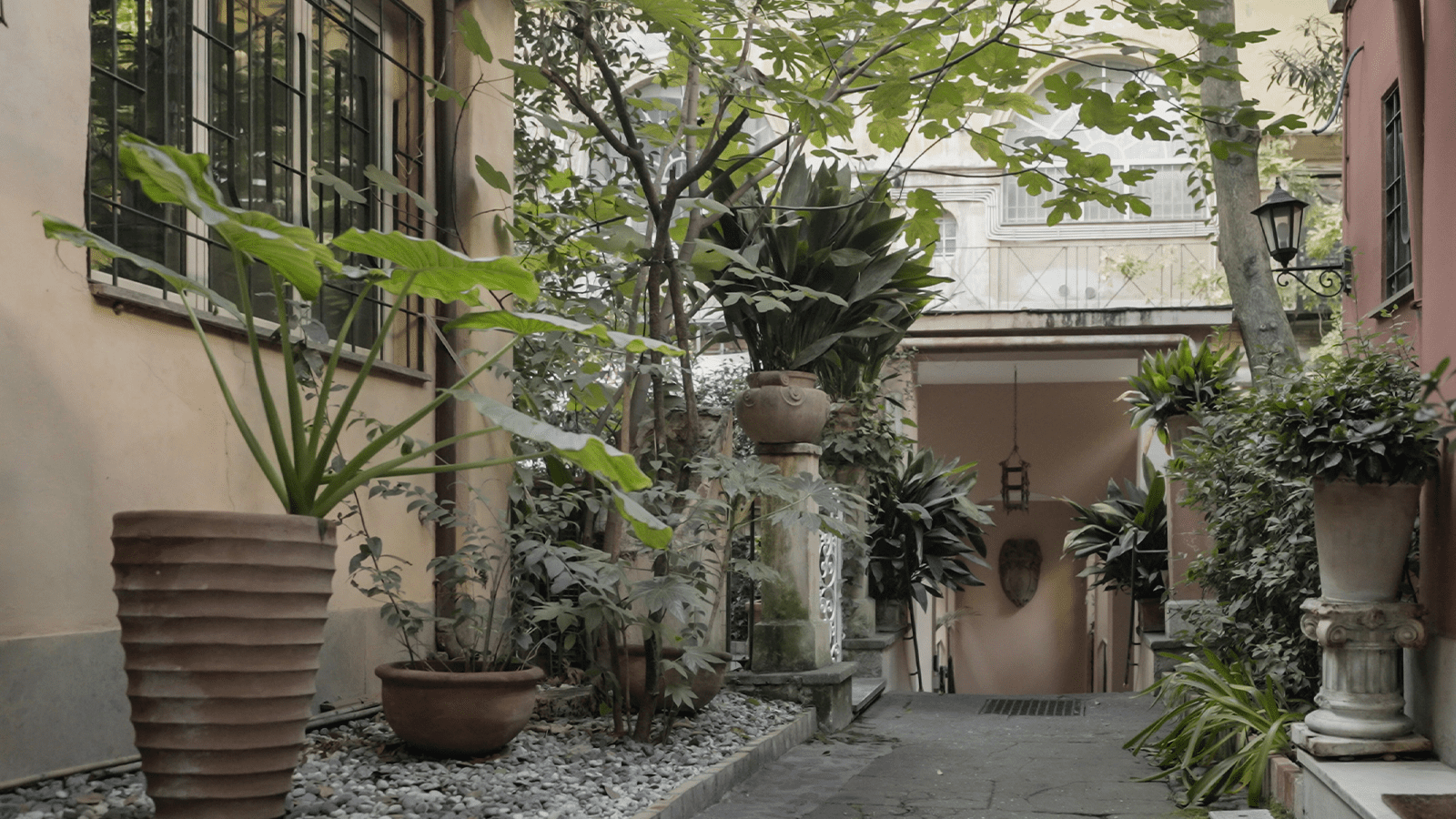
Arnaldo is clear-eyed about the hero-monster conundrum, however, and this is exactly what he intends to explore in his films. “Some people will solely see Luna as a painter/hero, while others will only perceive Luna as a murderer, each refusing to see the other side, and I respect these viewpoints,” he says. “However, there are those who attempt to reconcile both sides, a task that can create a state of cognitive dissonance. While uncomfortable, I believe it can lead to a more constructive understanding. It’s about piecing together these fragments of our past to better understand our present identity as Filipinos.”
It would be easy to say that the same impulse that animates Luna’s talent is the same one that drives him to do terrible things—the trope of the mad, bad artistic male genius. We all know now that Picasso was a serial abuser of women, driving two of them to suicide. Claire Dederer’s book Monsters: A Fan’s Dilemma unravels all the knotty threads and feelings we have about our favorite artists who have been revealed to be creeps. She begins with the question what do we do with the art of monstrous men (because they are almost always men) by interrogating her own love for the filmmaker Roman Polanski, who made some of the greatest cinema, but drugged and raped a 13-year-old.
It’s also not hard to agree that these talented but flawed men were themselves victims. You know, hurt people hurt people. Polanski survived the Holocaust only to have his pregnant wife die in a grisly Manson Family massacre. Picasso was stigmatized and targeted for being a foreigner in France. As for Luna, we can surmise that his journey to artistic superstardom was also beset by many slings and arrows due his otherness. If Picasso, who was Spanish, was harassed and excluded in France, what must have Luna experienced, as a Spanish colonial from the uncivilized East?
The back story of Juan and Paz is worth getting into. Luna might have known of her as early as 1874, when Paz was 12 and he was a 17-year-old student at the Escuela de Dibujo y Pintura, an art school that was renting out one of the wings of Doña Juliana’s residence on Cabildo Street, Intramuros. They would only meet later in Paris, when he was already a highly acclaimed, multi-awarded painter—in fact, the first Filipino to achieve this level of recognition. After his monumental Spoliarium won the Third Class prize in Paris in 1886—a more prestigious award than the First Class prize it garnered in Madrid two years earlier—Luna gathered up the nerve to ask for Paz’ hand in marriage.
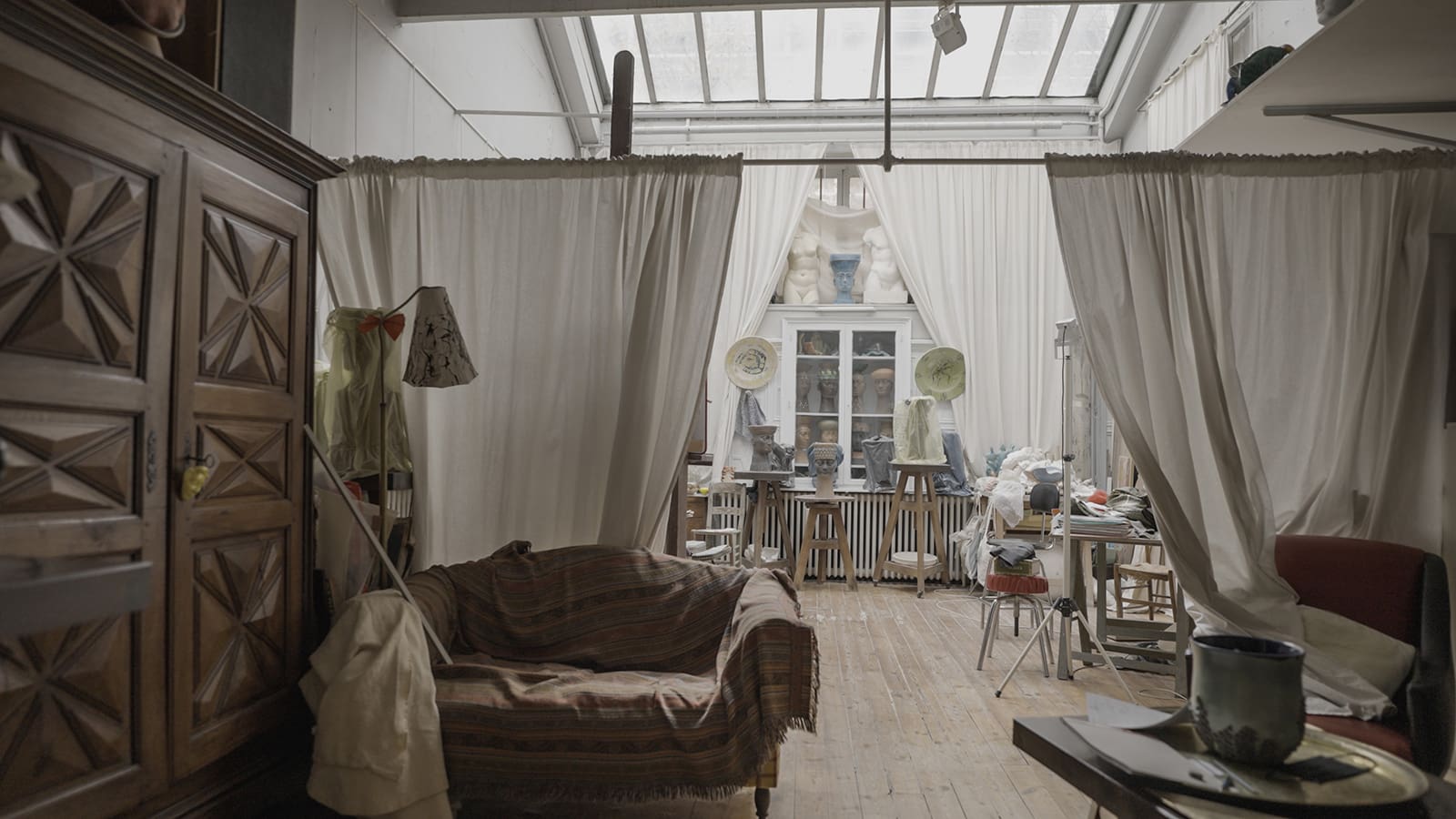
At first, Doña Juliana was vehemently against the idea. She didn’t bring her family to be educated in Europe only for her daughter to get mixed up with an indio from the colonies. But Paz’ brothers, Trinidad and Felix, intervened on Luna’s behalf, arguing that “Luna is no indio, he’s a civilized man, an artist, a great artist, a man of talent and heart.”
Luna also had a slew of newspaper reviews that burnished his reputation, where the word “genius” was used often and not lightly. Even the feminist critic Emilia Pardo-Bazán, who was highly racist, acknowledged his skill: “I cannot deny that behind that brave, unfinished composition, I discovered a genius that was born with the vigor and strength of eaglets… Looking at the author of Spoliarium, so young, almost a child, with his Mongolian features (because Luna, although of Spanish nationality, belongs to the yellow race), it seemed to me that art could expect much from someone who was starting like this.”
Doña Juliana eventually acquiesced to their union, and the couple married on December 7, 1886. Writes Arnaldo: “On this day, at this instant, Luna was at the peak of his fame in Spain, he was establishing his name in the capital of modernity, and, by marrying Paz, he had also bridged an important social divide that would have been impossible to cross just a few years earlier. Luna’s wedding marked the pinnacle of his personal and professional transformation.”
The paintings he made during his Paris/honeymoon period were romantic and sensual, breaking from the academic traditions of the Spanish school of art. The title Hymen, Oh Hyménée, his painting of a Roman wedding—or more accurately, the procession of a bride towards her groom’s chambers—refers to Hymen, the god of matrimony who is called upon to attend and bless weddings. Arnaldo believes that the painting’s enduring presence in Luna’s studios served as a source of inspiration, reminding him of his journey from the periphery of the picture (literally—Luna was on the sidelines of a big group photograph with the celebrated Spanish painter Francisco Pradilla right in the middle) to the center of his own narrative.
And so maybe, just maybe, we can deign to understand how an already disturbed Luna would be driven out of his mind. “When he saw the two brothers coming back, he really thought that they were trying to separate him from his family,” Arnaldo says of that fateful day, “family being the most important thing in his life.” Having lost their daughter, and now Paz, Luna had to hold on to Andres. No matter the cost.
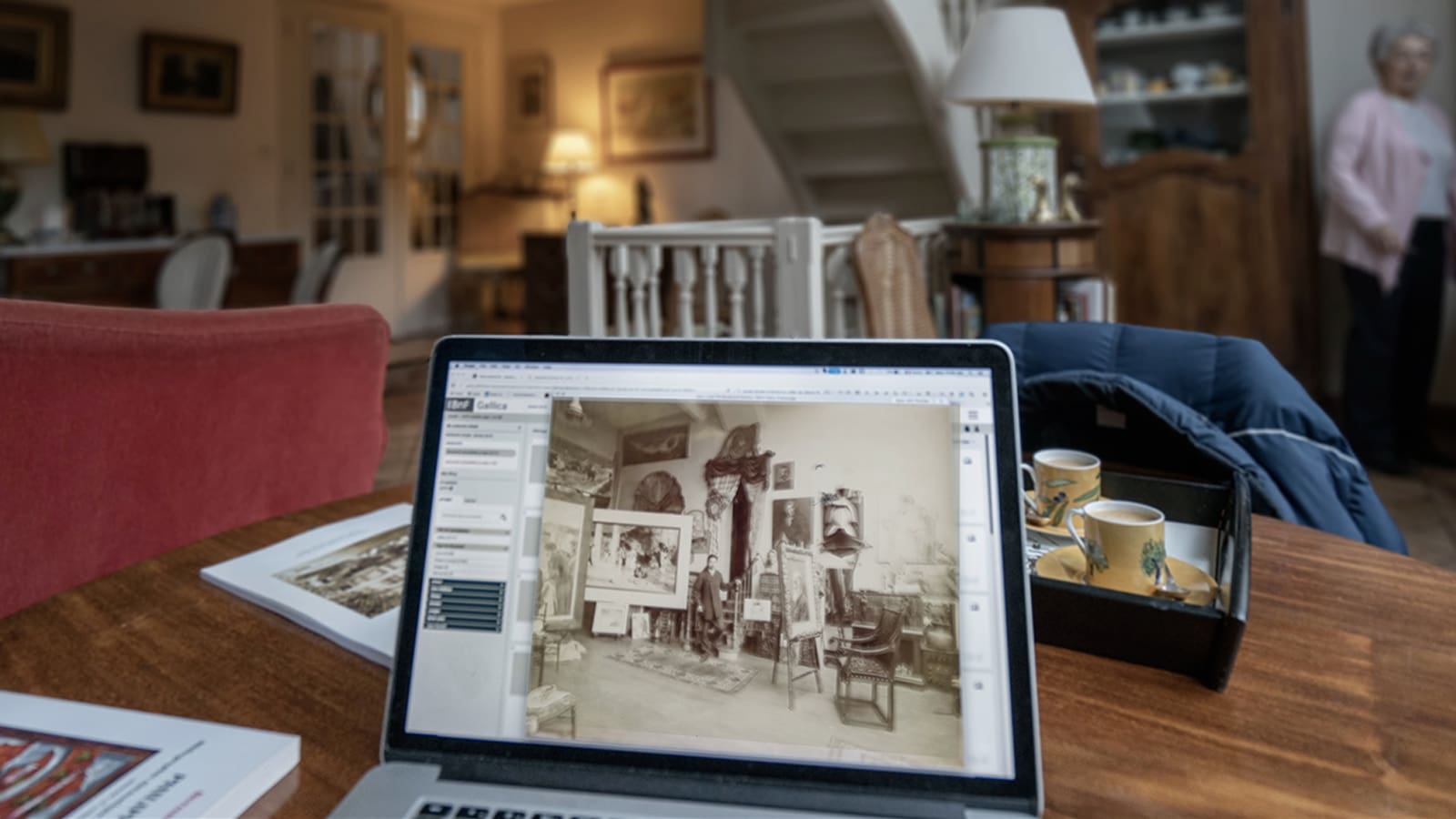
And what of Paz? Rather than casting her as an unfortunate footnote in the life of a great artist, Arnaldo sees her differently. “Paz could probably be seen as the first Filipina feminist, for her courage to make a choice that even today, many would hesitate to consider,” he says. “Although wrong in the moral sense, her decision to be unfaithful to her husband marked a defiant stance against the constraints of her era. Tragically, this act of rebellion cost her life.” In other words, she tried to find a way out of the emotionally and physically abusive relationship she was trapped in.
The French court did not see it that way, however. An adulterous woman at that time (and even now, in some countries) deserved what she got. The law basically gave a free pass to perpetrators of so-called “honor killings.” But Luna’s lawyer went even further and claimed that Luna, being Filipino, belonged to an inferior race and was thus prone to acts of savagery, and he had run amok, as savages are wont to do.
A strain of savagery still runs in the Philippines, in our laws, in the form of Article 247 of the Revised Penal Code, which is the Philippine version of honor killings. “This antiquated law still applies today, and should be removed,” says Arnaldo. Article 247 absolves those who injure or kill their spouse, as well as parents who injure or kill their underage daughters, for having sex outside marriage.
Luna got his freedom, but only through admitting that he—and consequently the rest of his revolutionary ilustrado crew—were primitive, after all.
Martin Arnaldo’s documentary Hymen, Oh Hyménée: Juan Luna’s Long-Lost Masterpiece can also be viewed at the Ayala Museum’s exhibit Splendor: Juna Luna, Painter as Hero until December 2023.
